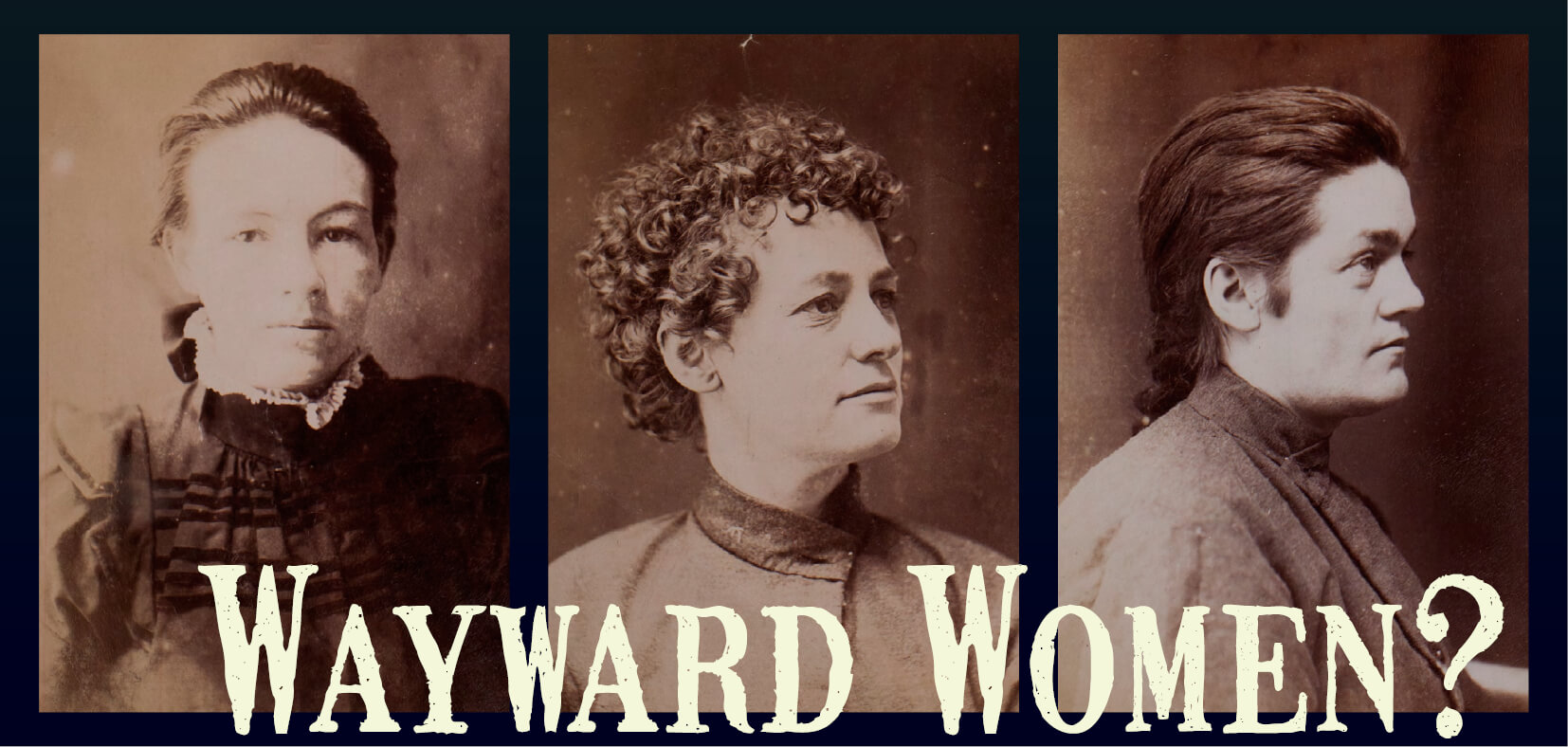These stories make harrowing reading. They are difficult histories that some might think are best forgotten. But they were the reality of life for many women in the past, and for that reason alone they deserve to be remembered. But more than that – they remind us why it is important that we have resources for women and children in need today. And it is not all doom and gloom. For from these women’s lives – harrowing as many of them were- came important changes that helped to give us the choices we now take for granted. Our ‘wayward women’ helped to blaze the path to a better future for all women.

Melbourne's Old Treasury Building has an exhibit currently on the experience of women in Colonial Australia.
The accompanying website has great historical information for teachers to use in class with students.
"It was also a time when women and men were judged by very different moral standards. While a man’s indiscretions might be ignored, even expected, ‘fallen women’ were often judged harshly, at least by officialdom. Pregnant unmarried women could expect little sympathy and little help. The result was both predictable and tragic – what historians now call ‘reproductive crime’ was extremely common. Infanticide, concealment of birth, child abandonment and clandestine abortion claimed the lives of many women and children. Reproductive crime is almost non-existent now, but it was a fact of life in nineteenth and early twentieth-century Victoria."
Follow this link to visit the website.

We'd recommend reading, reviewing and evaluating this website for suitability to use with your students might assist with your developing knowledge of content 2.1.2 - Apply knowledge of the content and teachings strategies of the teaching area to develop engaging teachings activities and/or 3.4.2 - Select and/or create and use a range of resources, including ICT, to engage students in their learning as a Teacher Identified activity.